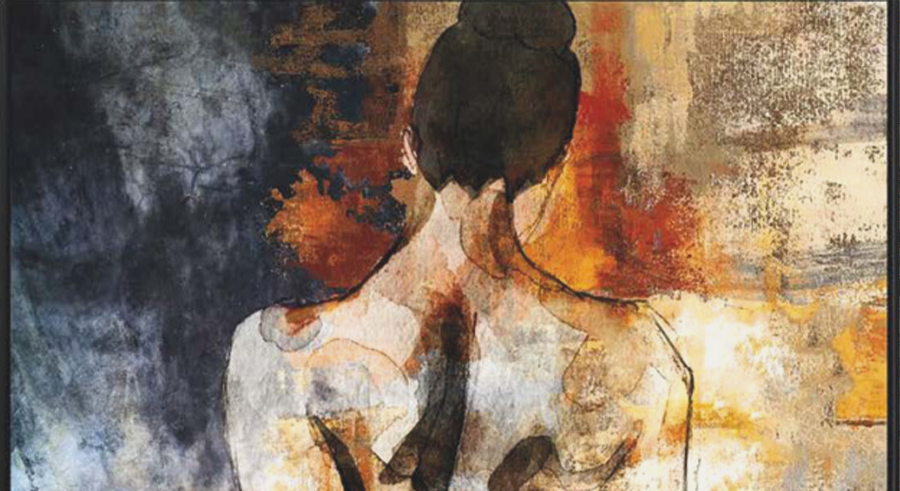Stigmas and Memory of Slavery in West Africa: Skin Color and Blood as Social Fracture Lines

The French colonial administration was confronted with severe obstacles for the implementation of the decree of April 27th, 1848 abolishing the slavery in colonies. But despite their proclaimed anti-slavery ideals, the arrival of these European powers in Africa never resulted in serious repression of the practices of slavery. Of course, laws were passed aiming at stopping the slave trade, but very often local decisions and administrative practices cancelled out the decisions taken in the metropole, made under pressure from abolitionist movement activists. It is not surprising that the practices of slavery have endured, surviving under various forms in West Africa. Even today, the practices of slavery, both as legacy and reality, are still present in diverse ways in the sub-region. he political and military defeats of the indigenous African states did not, however, break the social and ideological power of the groups that had been dominant in these conquered states. Colonial governments had an overarching need for the support of these dominant groups in order to ensure the stability of the regime, given its lack of indigenous legitimacy. For this reason, colonial administrators were little inclined to support a social revolution that would have put in question the social hegemony of the defeated African aristocrats who succeeded in preserving, depending on the region, the ideology of blood purity and identity deined by skin color, as well as in perpetuating the legitimacy of domestic slavery. Governments have systematically denied the existence of slave practices or have presented them as negligible and archaic. By advancing a historical account of slavery that is one of victimhood and the trans- Atlantic trade, governments have been able to efectively cover up the contemporary realities of slavery.
The author
Ibrahima hioub est Professeur d’Histoire à l’Université Cheikh Anta Diop de Dakar. Ses recherches actuelles portent sur les esclavages en Afrique, sans se limiter au cas de la traite transatlantique. Une triple originalité oriente sa démarche : elle envisage ensemble les aspects économiques, sociaux, culturels et juridiques des esclavages ; elle situe l’histoire des traites dans l’histoire urbaine et environnementale du continent ; et enin elle porte une attention particulière aux enjeux de mémoire – sur le mode de la commémoration, de l’historiographie et de l’oubli.
Reference
Ibrahima Thioub. Stigmates et mémoires de l'esclavage en Afrique de l'Ouest : le sang et la couleur de peau comme lignes de fracture. FMSH-WP-2012-23. 2012.

De la rue à la mairie

Les refus de la maternité

Se souvenir d'Humoresques


